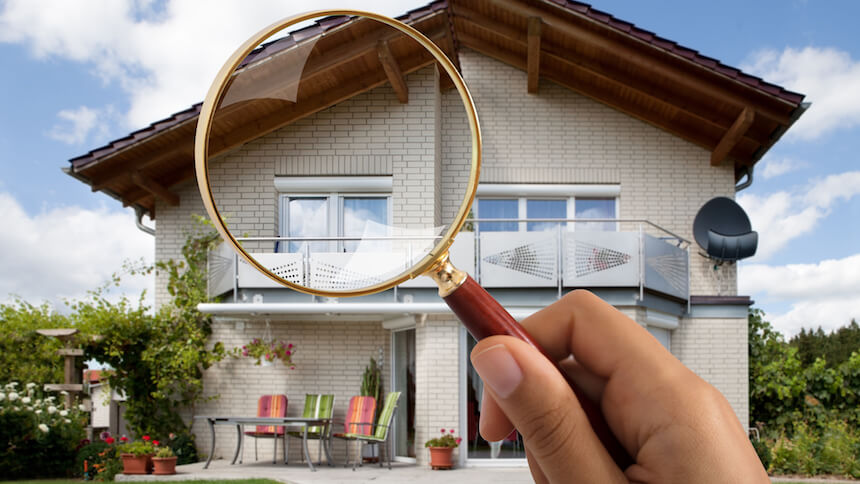Before diving into the property market in the UK, it’s essential to conduct a thorough house survey. A house survey, also known as a home inspection, provides valuable insights into a property’s condition, helping buyers avoid potential issues that could affect its value or safety. In this article, we explore the key red flags that may emerge during a house survey, offering detailed insights into each aspect.
1. Structural Integrity
Structural issues are among the most critical aspects to examine during a house survey. Signs such as cracked walls, sloping floors, or uneven windows and doors can indicate underlying problems like subsidence or instability. Damp patches and mold growth are also red flags that require careful investigation. Identifying these issues early can prevent costly repairs and ensure the safety of occupants.
2. Electrical Systems
Inspecting the property’s electrical system is crucial to prevent potential fire hazards. Surveyors examine the consumer unit for signs of overloading or damage, as well as test circuit breakers and residual current devices for functionality. Outdated wiring materials or damaged components may indicate the need for a complete replacement to ensure occupant safety.
3. Plumbing & Heating
Surveyors closely analyze the property’s plumbing and heating systems for signs of leakage or malfunction. Damp patches, dripping taps, or faulty radiators are indicators that require further investigation. For older properties, upgrading or replacing outdated systems may be necessary to meet modern safety standards and efficiency requirements.
4. Roofing
The condition of the roof is essential in protecting the property from the elements. Surveyors inspect for missing or damaged roof tiles, signs of water ingress, and structural weaknesses. Issues such as trapped air pockets or deteriorating underfelt layers require immediate attention to prevent further damage.
5. Timber Decay & Damp Treatment
Excess moisture can lead to wood rot or woodworm infestations, compromising the integrity of the property. Surveyors look for signs of decay in wooden elements such as windows, doors, and roof timbers. Thorough diagnostic checks are conducted to assess the extent of damage and formulate treatment plans.
6. Insulation and Ventilation
Inadequate insulation or ventilation can result in moisture buildup and mold growth. Surveyors evaluate the property’s insulation levels and ventilation systems, recommending upgrades if necessary. Areas prone to dampness, such as cellars or bathrooms, are inspected for proper airflow and ventilation.
7. Environmental Considerations
Environmental factors such as Radon gas levels or flood risk zones may also impact the property. Surveyors assess planning conditions and energy performance certificates to determine any required remedial measures. Boundary markings and ownership responsibilities are also clarified to avoid future disputes.
Conclusion
House surveys play a crucial role in identifying defects and potential risks associated with a property. By conducting a comprehensive evaluation, buyers can make informed decisions and avoid costly surprises in the future. Addressing red flags promptly ensures the safety and integrity of the property, providing peace of mind for buyers.


